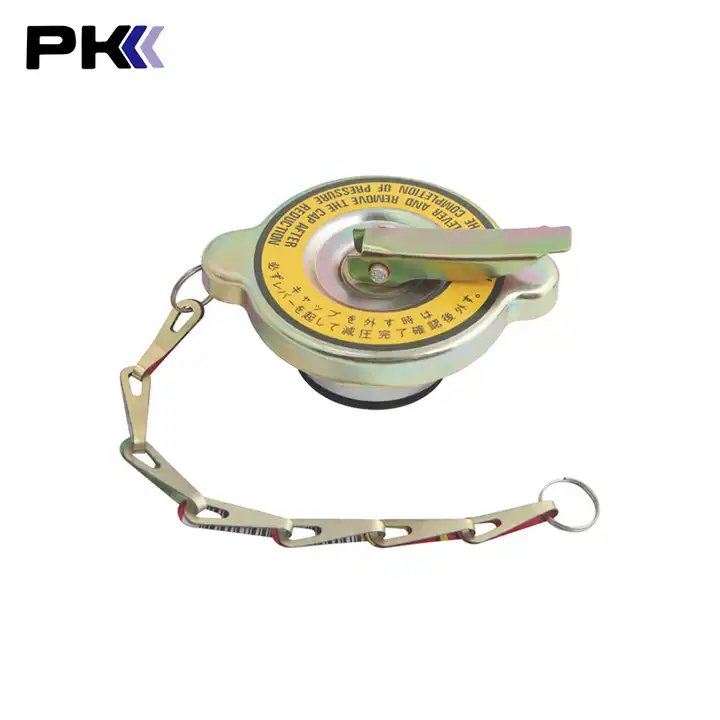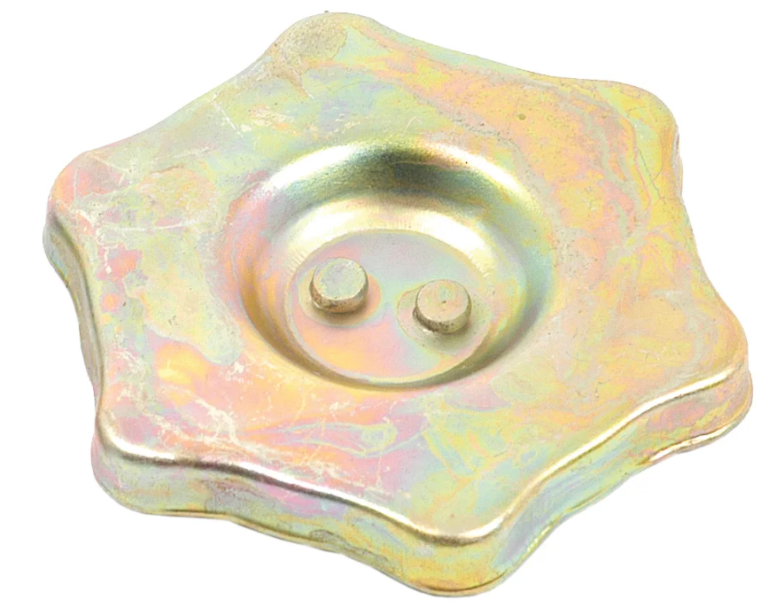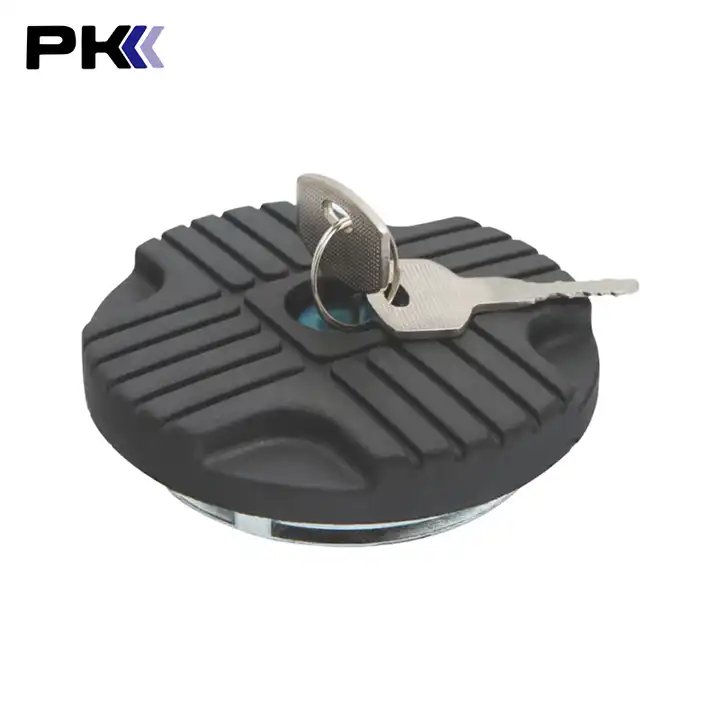Everything You Need to Know About the Radiator Cap for 4.7-20 LBS Radiator Covers
When it comes to maintaining the health and longevity of your vehicle’s engine, one often overlooked but crucial component is the radiator cap. This small, unassuming piece plays a big role in your engine’s cooling system, especially in larger vehicles or those with more demanding cooling needs. In this post, we’ll dive into the specifics of the radiator cap designed for radiator covers with ratings from 4.7 to 20 LBS (pounds per square inch), covering why it’s important, how it works, and what you should look for when choosing one.
| Daihatsu – Europe | Grand Move | 1998-2001 |
| Daihatsu – Europe | Charade | 1994-1996 |
| Daihatsu – Europe | Domino | 1986-1989 |
| Toyota – Europe | 4-Runner | 1993-1995 |
| Toyota – Europe | Picnic | 1997-2001 |
| Mazda – Europe | 1300 | 1974-1978 |
| Mazda – Europe | MX5 Mk1 | 1994-1998 |
| Lexus – Europe | IS300 | 2001-2005 |
| Honda – Europe | Civic | 1972-1979 |
What Is a Radiator Cap?
A radiator cap, also known as a pressure cap, is a vital part of your vehicle’s cooling system. Positioned on top of the radiator or expansion tank, the cap maintains the optimal pressure within the cooling system, ensuring that coolant flows properly and the engine does not overheat. It helps seal the system and prevents coolant from escaping, all while regulating the pressure within.
When we talk about the 4.7-20 LBS radiator cap, we’re referring to the pressure rating. In short, the “LBS” (pounds) indicates the amount of pressure the cap can withstand before releasing excess pressure to prevent the system from being damaged.
Why Is the Radiator Cap Pressure Rating Important?
The radiator cap pressure rating (measured in LBS) plays an essential role in your vehicle’s overall cooling efficiency. Here’s why:
- Maintaining Optimal Pressure: Radiator caps are designed to maintain specific pressure levels within the cooling system. The right pressure ensures that the coolant doesn’t boil at lower temperatures and that the engine is cooled effectively.
- Preventing Overheating: Without the proper cap, the system might not be able to handle the temperature and pressure changes that occur during operation. This can lead to overheating, which can damage the engine.
- System Sealing: The cap ensures that there’s no loss of coolant due to evaporation or leakage. A cap with the correct pressure rating will prevent coolant from escaping, maintaining the efficiency of the entire cooling system.
Understanding the 4.7 to 20 LBS Range
The pressure range for radiator caps, typically measured from 4.7 to 20 LBS, indicates the strength of the cap. Here’s how different LBS values are relevant:
- 4.7 LBS: Lower pressure caps, generally for smaller vehicles or systems with lower coolant demands.
- 9 to 10 LBS: The most common pressure range for average-sized vehicles.
- 12 to 13 LBS: Medium-duty vehicles or engines with moderate cooling demands.
- 16 to 20 LBS: Higher-end applications for heavy-duty vehicles or engines that operate at higher temperatures and require more pressure.
Choosing the correct LBS rating depends on the type of vehicle and its specific cooling requirements.
How Does the Radiator Cap for 4.7-20 LBS Work?
A radiator cap is typically made up of several key components:
- Spring Mechanism: The spring helps control the pressure inside the radiator. If the pressure exceeds the rating (say 9 LBS), the spring will open a valve to release excess pressure, preventing the system from bursting.
- Seal: The rubber or silicone seal ensures that the cap fits tightly on the radiator neck, preventing any coolant from leaking out.
- Overflow Valve: If the pressure gets too high, the valve allows coolant to escape into the overflow reservoir, preventing dangerous pressure buildup in the system.
- Vacuum Valve: This is found in some radiator caps and helps to maintain a slight vacuum in the cooling system after the engine cools down. It allows coolant to flow back into the radiator from the overflow tank.
How to Choose the Right Radiator Cap?
Selecting the right radiator cap for your vehicle requires careful attention to a few important factors:
- Pressure Rating: Always match the cap’s pressure rating to the vehicle’s cooling system specifications. Too low a rating, and the system won’t hold enough pressure; too high, and you risk damaging components like hoses and seals.
- Cap Design: Make sure the cap fits snugly and securely on the radiator or expansion tank. Check for a good seal to prevent leaks.
- Quality: Opt for radiator caps from reputable manufacturers to ensure durability and reliability. A cheap cap can result in premature failure and potentially costly engine damage.
Common Problems and Signs of a Faulty Radiator Cap
A faulty radiator cap can lead to many issues. Here are some common signs that it might be time to replace it:
- Overheating: If the engine keeps overheating even after you’ve checked the coolant levels, the radiator cap might not be maintaining proper pressure.
- Coolant Leaks: If you notice coolant pooling around the radiator, it could indicate that the cap is not sealing correctly.
- Erratic Temperature Gauge: A fluctuating or rising temperature gauge may suggest the cap is not regulating pressure properly.
Conclusion
The radiator cap, though small, is an integral part of your vehicle’s cooling system. When choosing a cap for 4.7-20 LBS radiator covers, ensure that you match the pressure rating to your vehicle’s specific needs. Proper maintenance of this component can prevent overheating, coolant loss, and ensure your engine runs at optimal temperatures. Don’t overlook the importance of this simple yet crucial piece of your vehicle’s engine system!






